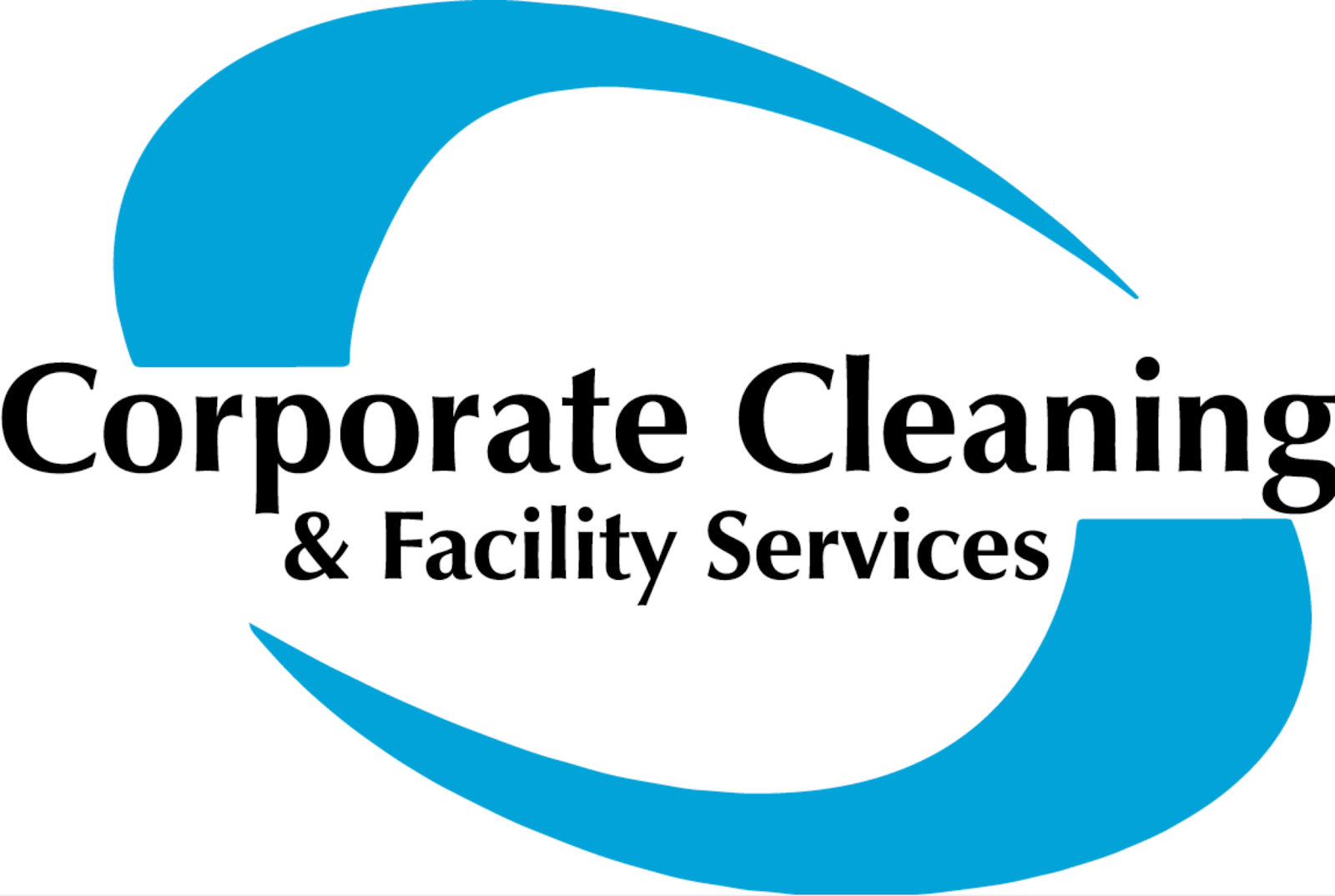The Role of Deep Cleaning in Establishing an Effective 5S Program
One of the well known methods within the Toyota Production System (TPS) is 5S. The idea behind 5S is that a clean and orderly production environment supports higher quality, efficiency and safety. 5S are often translated into English as:
Sort (Seiri):
To separate out necessary from unnecessary items in the work area
Set in Order (Seiton):
To plan for efficient, ergonomic movement
Shine (Seiso):
To keep the work area visually clean
Standardize (Seiketsu):
To schedule regular cleaning and keep hygienic
Sustain (Shitsuke):
To have the discipline to follow the method consistently

An effective 5S Program has the hallmark of involving everyone in a facility, from machine operators to logistics and even office staff. When every operator feels ownership for the cleanliness of their work area and takes pride at handing it over in a clean state to the next shift – a 5S Culture has been established. Recognizing and rewarding operators (and others that model the behavior) is important. Equally important, however, is scheduling deep cleaning to support the effort.
The Role of Deep Cleaning is Sustaining the 5S Culture
Embedded in the concepts of Standardize and Sustain is maintaining the discipline to schedule deep cleaning. If the walls and ceilings are covered in grime and cobwebs; and the machine has buildup of dried glue or lubricant – the employees notice and it becomes difficult for employees to take the program seriously. The company demonstrates its commitment to the machine operators (and others in the facility) by keeping ‘common areas’ bright and clean.
Professionally trained cleaning staff, equipped with specialized equipment, such as dry ice blasting machines to clear dried resin or build-up in machines, CIMEX machines or industrial scrubbers to deep clean a floor or even just the tools needed to wash ceilings and walls play a key role in maintaining the facility and thereby supporting the 5S Culture.
Prioritizing deep cleaning to the extent that a plan can be maintained is important. If cleaning is treated as the lowest priority in a downtime plan, it will likely not get done. Redeploying personnel or budget at the last minute is unfortunately quite common. This is where outsourcing the cleaning (or a portion of it) to a commercial cleaning company can be helpful. If you are considering working with a new partner or trying a new process, like dry ice blasting, it can be helpful to have a smaller project completed off-hours prior to executing a larger downtime maintenance plan. A successful ‘mini project’ builds confidence and can help secure budget as well.
Like proper lighting, training and tooling, and investment in cleaning supports an environment that fosters quality, efficiency and safety.
